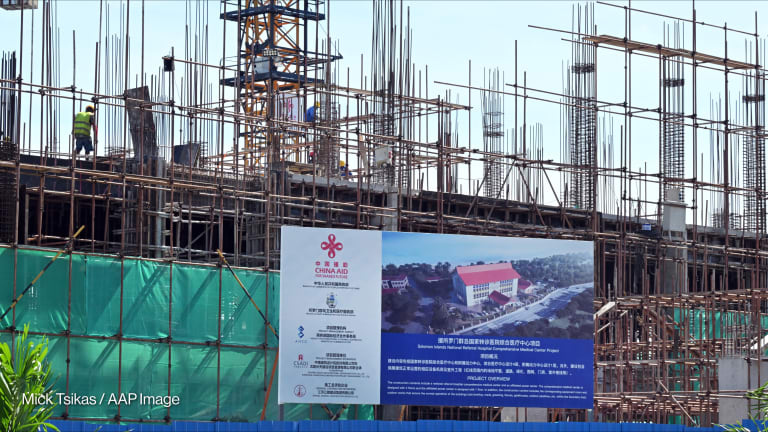
The Chinese government published a white paper on its aid policy April 21. The white paper provides some definitions of Chinese aid modalities and gives overall figures of how much is spent, on which continent, in which sector and according to income group of partner countries. In the style similar to Western white papers, it also showcases some examples.
This is positive. Yet, the paper hardly offers reasons for government’s policy choices. And unfortunately, the unique selling point of Chinese cooperation is not fleshed out.
The paper is somewhat unspecific because it is a policy paper, not an annual report on aid. It is therefore not a detailed account of past interventions, but rather provides broad lines and explains policy choices. Yet, the paper falls short of this expectation. Interest-free loans, we learn, “are mainly provided to developing countries with relatively good economic conditions” – what are these “good conditions”?
It does list past interventions and, for example, states that volunteers have been dispatched to “19 developing countries, including Thailand, Ethiopia, Laos, Myanmar, Seychelles, Liberia and Guyana.” This is more than we knew before – but what are the criteria for this choice of countries? Policy choices and the use of instruments by country are not systematically explained. This presumably is for a reason, as it could result in cross-country comparison and “beauty contests” between governments on levels of Chinese aid. This is understandable as a policy stance – but not quite the expected function of a white paper.
The paper states upfront that China is still “a developing country with a low per capita income and a large poverty-stricken population.” Not surprisingly, it continues: “China’s foreign aid falls into the category of South-South cooperation and is mutual help between developing countries.” In other words: It is not at pair with Western aid.
Yet, it is interesting how the paper carefully walks the line between referring to key terms of Western aid (comparative advantage, capacity building et cetera) while repeatedly dissociating itself from Western concepts. However, what the paper does not clarify is how much of the “mutual” gain is to fall on either side, so that win-win situations find the balance between the two extremes of purely altruistic aid and mere export promotion.
The best “selling point” for Chinese aid (namely: the package deals of aid, trade and investment) does not feature, unfortunately. What we get is a section on “complete projects” (read: turnkey projects), said to account for 40 percent of Chinese aid. How these contribute to the stated goal of self-reliant development, however, is unclear – they could actually create dependencies.
Why choose this modality? The case for them needs to be made. The paper states that “China never uses foreign aid as a means to interfere in recipient countries’ internal affairs or seek political privileges for itself.” Yet, by providing certain levels of aid, any external actor does interfere to some degree. This is not necessarily bad, but some reflections on China’s specific role would have been good.
>> Read Devex’s five-part report on China’s development cooperation strategy in Africa
What do you think about China’s white paper, and on its development cooperation strategy in Africa? Please join the conversation by leaving a comment below.








